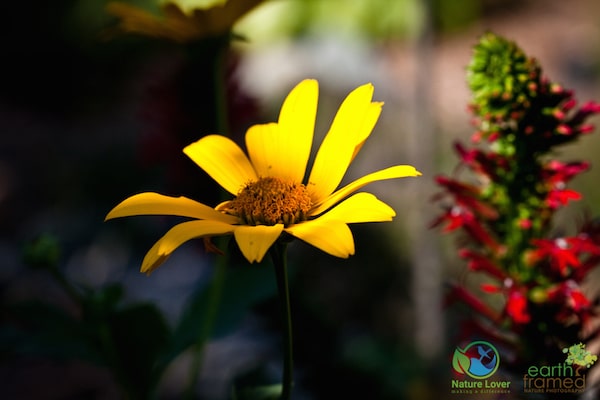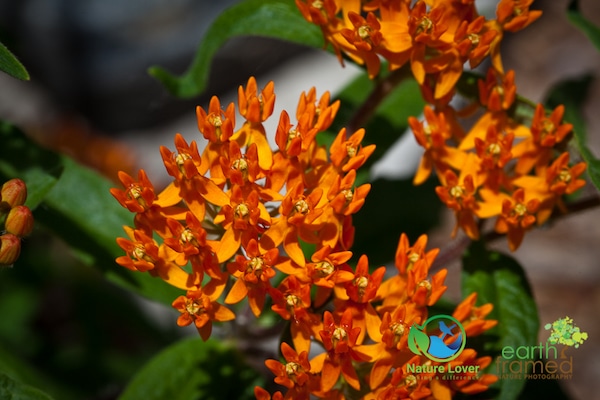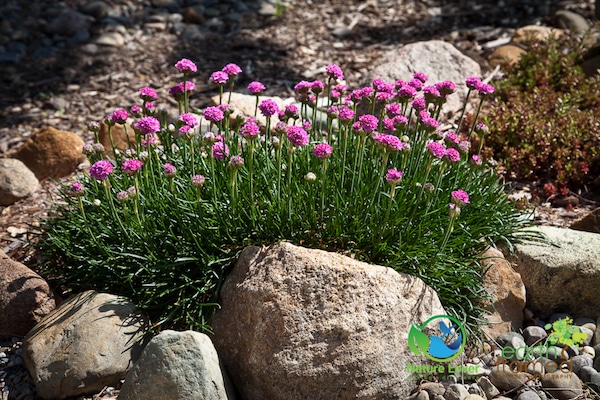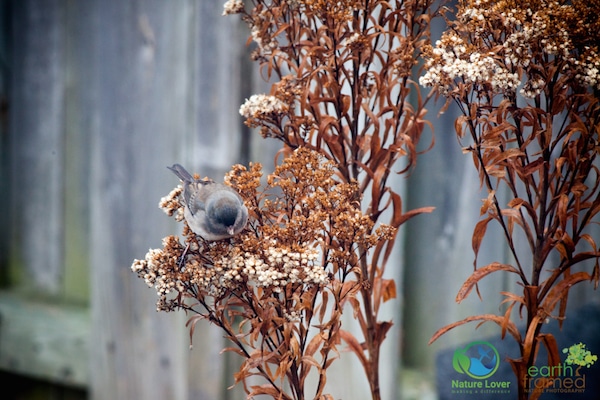While we were on our summer camping trip we missed the gardens progressing through their buds and blooms. My mother was watching the house and would send us picture updates whenever a new flower bloomed. It was nice to see the pictures but we would have liked to seen them bloom for the first time ourselves. Don’t get me wrong, the camping trip was amazing, so I guess you can’t have your cake and eat it too.
All of the plants were doing well, thanks to my mother’s care, and we were welcomed by gardens full of colour and activity.
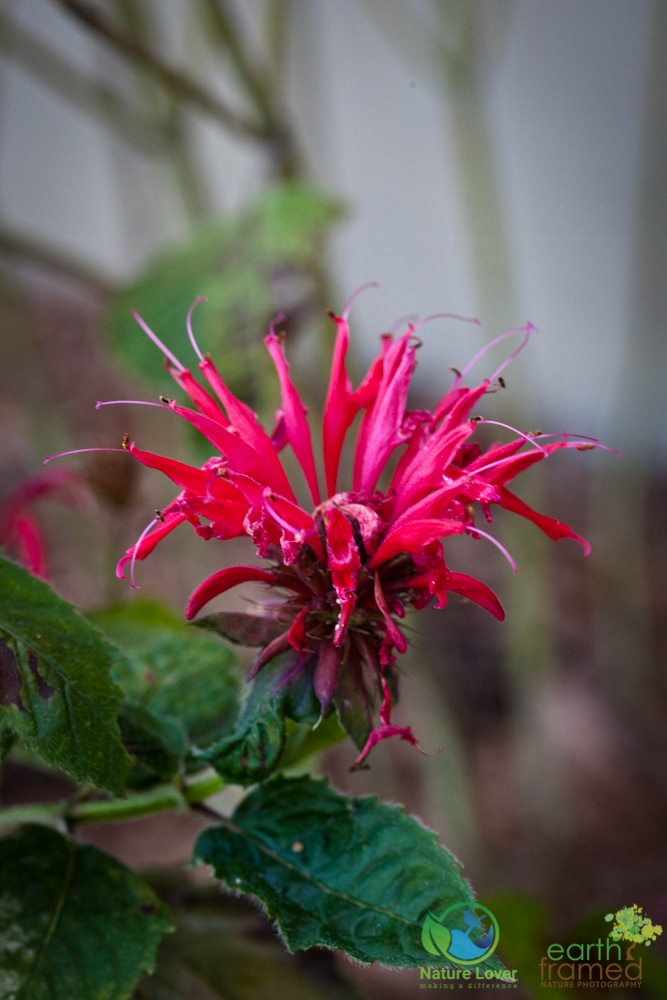
We planted this Bee Balm last year, after falling in love with it during a trip to Prince Edward Island. It is a very interesting flower, the flower looks almost daisy like with tubular petals. They are suppose to attract bees, butterflies and hummingbirds but I have yet to see much activity around the plant. Perhaps I’m looking at the wrong time?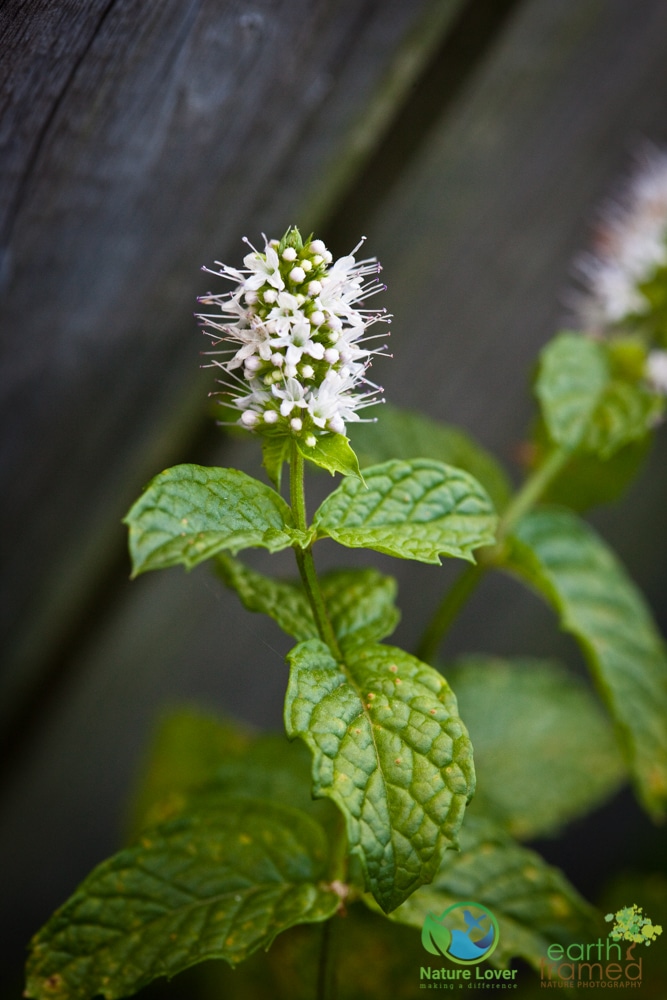
I had to remind myself which plant this is because it reminds me of some other ones up-close. Virginia Mountain Mint is one of our new native species we purchased through Return The Landscape. It is a bushy plant with several branches growing up from the ground and the flowers are mint-like with a touch of purple on the end of the stigma. We expect this plant to grow very well since mint spreads easily. The flower attracts butterflies and bees.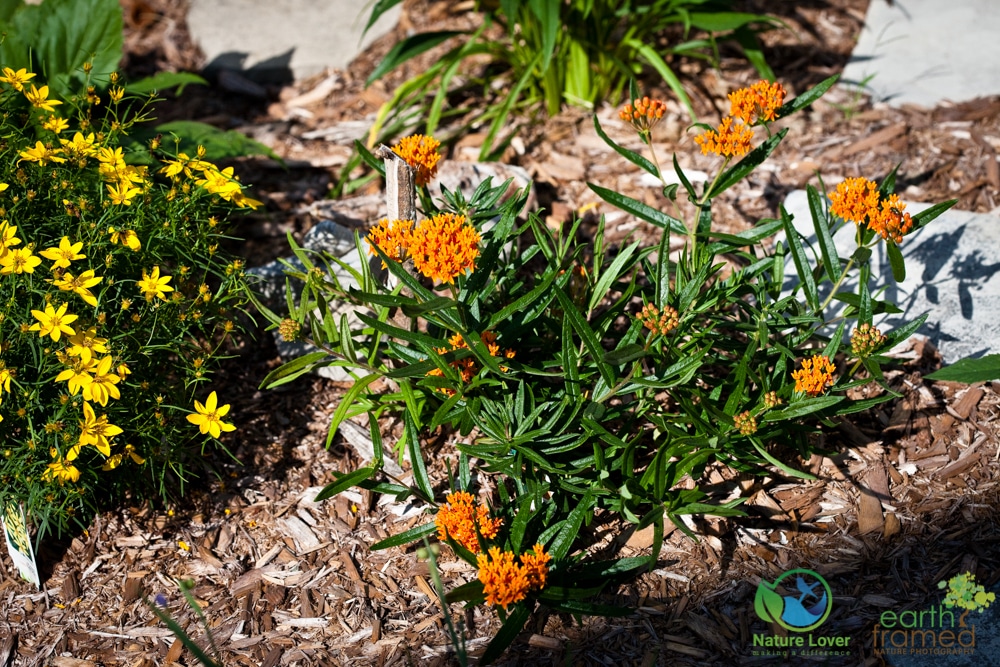
Here is a great picture of the Tickseed and the Orange Butterfly Weed. The leaves of the Butterfly Weed are quite showy and contrast well next to the fine leaves of the Tickseed. 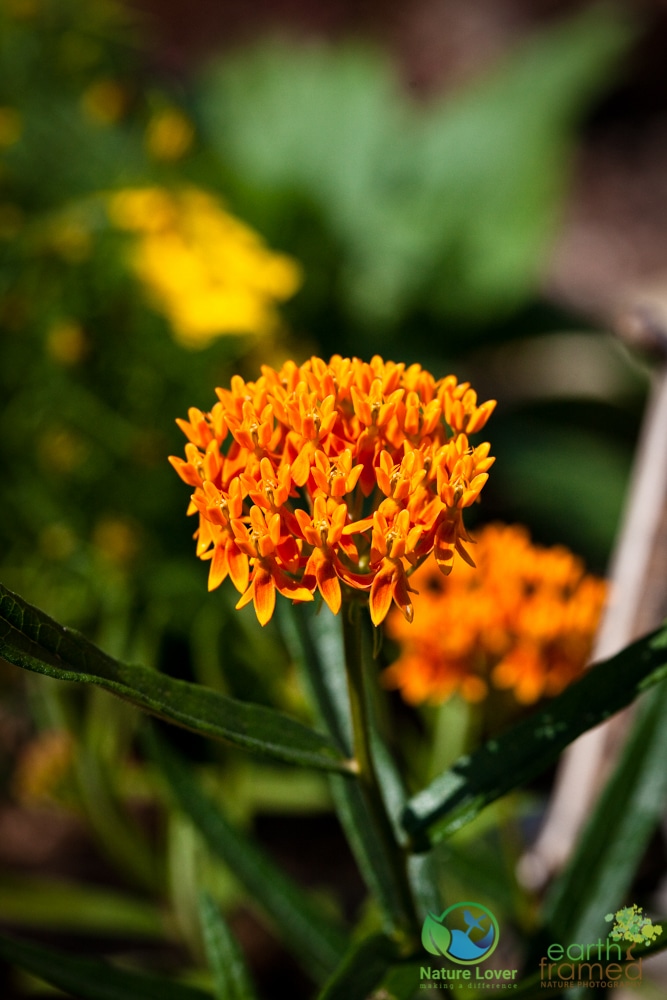
Don’t be afraid of the term “weed” in the name of this plant. Some have called it Butterfly Plant just to avoid the stigma. This native species of milkweed has beautiful orange flower clusters and blooms from early summer to early fall. It not only provides nectar to butterflies, bees, hummingbirds and other insects, it is also larval food for the Queen and Monarch butterlies. 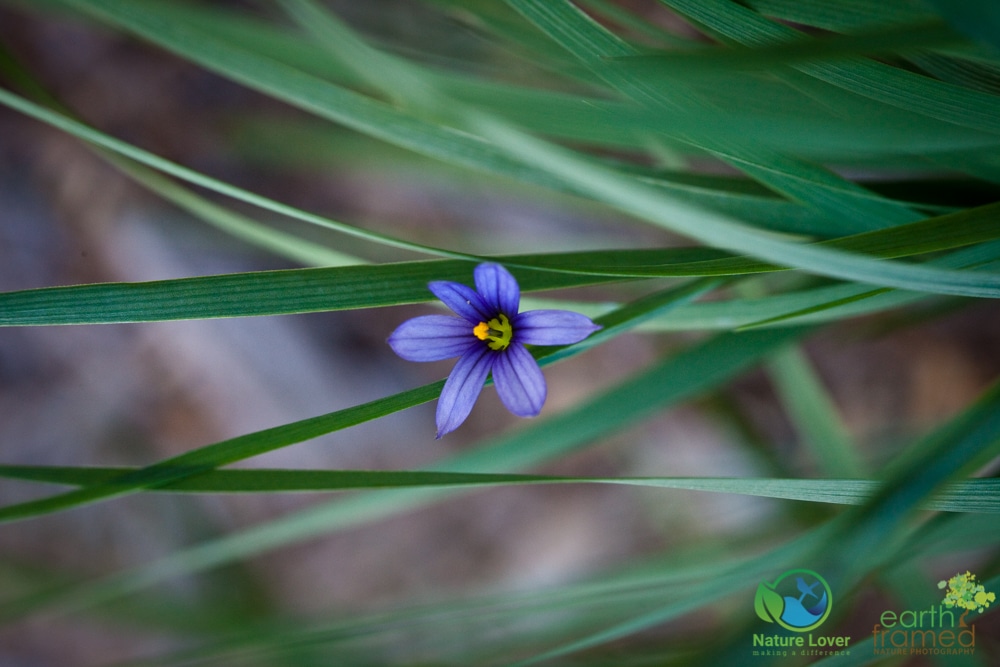
The beautifully delicate but bountiful Blue-Eyed Grass. This is one of Chitra’s favourite plants and it is an amazing addition to any native garden. These native plants open and close their flower heads depending on the time of the day so if you want to see the cluster in full bloom, be sure to get out to the garden when they are open. Some say they open earlier in the morning but I have photographed them at different times of the day.
Interestingly enough, these are not actually true grasses. They are actually related to Irises, not grasses. 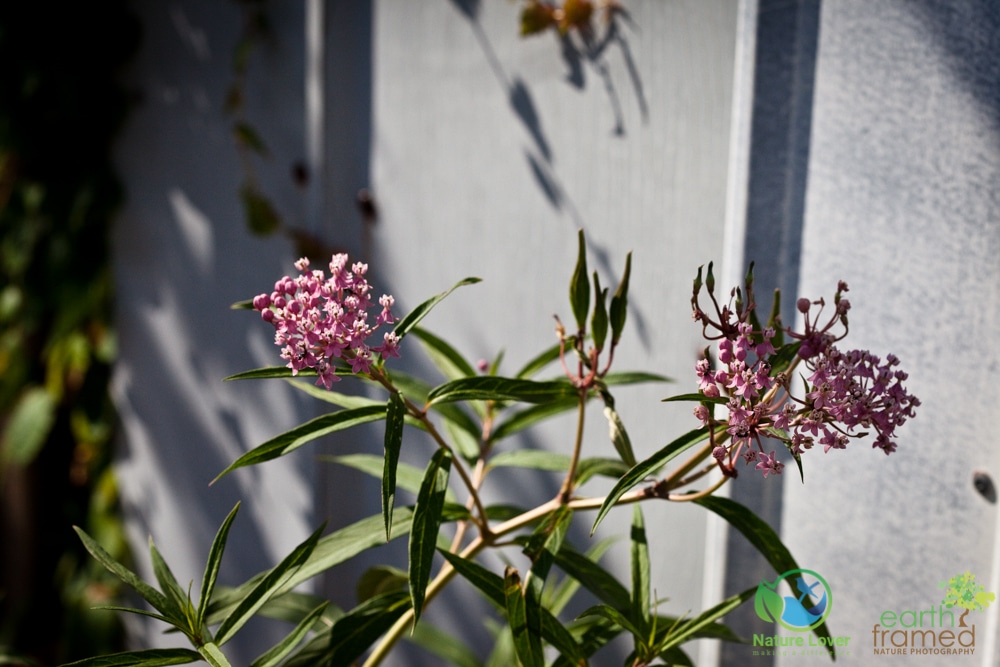
Swamp Milkweed is quite different than it’s more well known relative, the Common Milkweed. The leaves of this plant are much smaller, courser and thinner. This type of milkweed does well in our area because it prefers clay or loam. It usually flowers from June to August and is also host to Queen and Monarch butterflies. It is also called Rose or Pink Milkweed.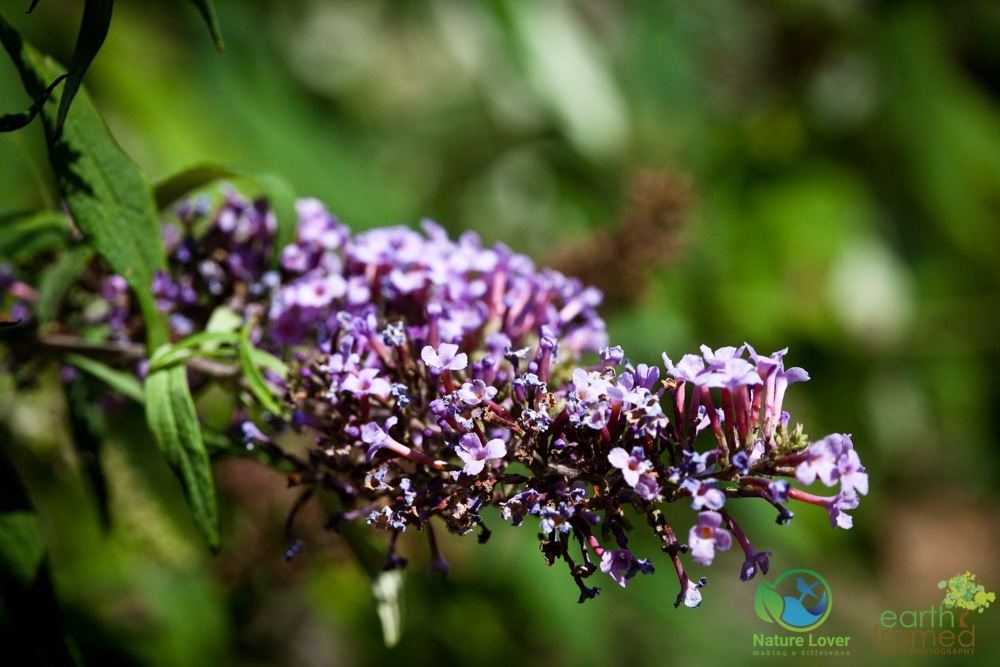
Our non-native Butterfly Bushes continue to do well in the garden. We have a purple and white bush that gets cut down every spring. We often see Hummingbird Moths, Monarch Butterlies, Swallowtails and other insects enjoying this bush’s nectar. 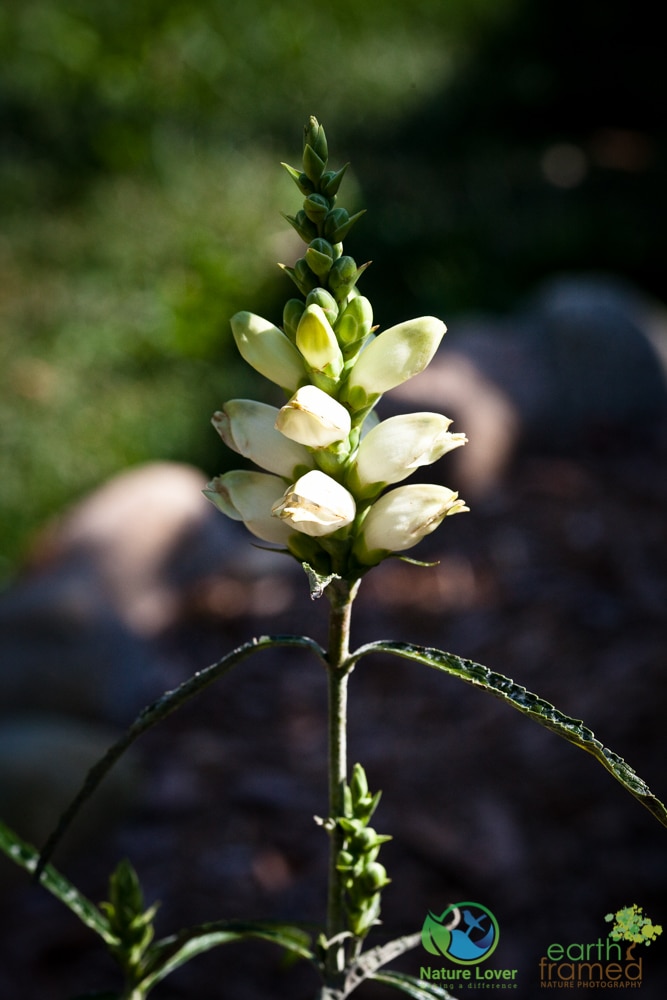
The native Turtlehead plant is very interesting and showy. This plant is part of the Figwort family and is suppose to be very hardy. This distinctive flower attracts bumble bees and is very important as a host plant to the Baltimore butterfly caterpillar. We will be sure to let you know if we spot one!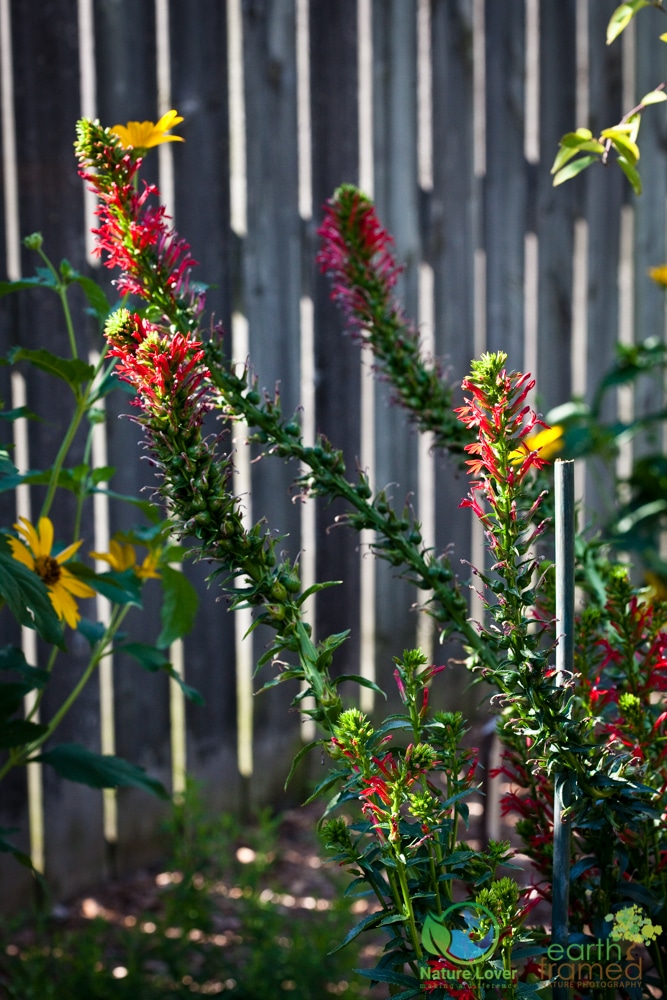
The first year of our Cardinal Flower and False Sunflowers are quite impressive. Both plants provided an abundance of colour and I spotted hummingbirds feeding from the Cardinal flower several times throughout the season! What a beautiful plant. We say a field of these while we were hiking through Grundy Lake Provincial Park this summer. 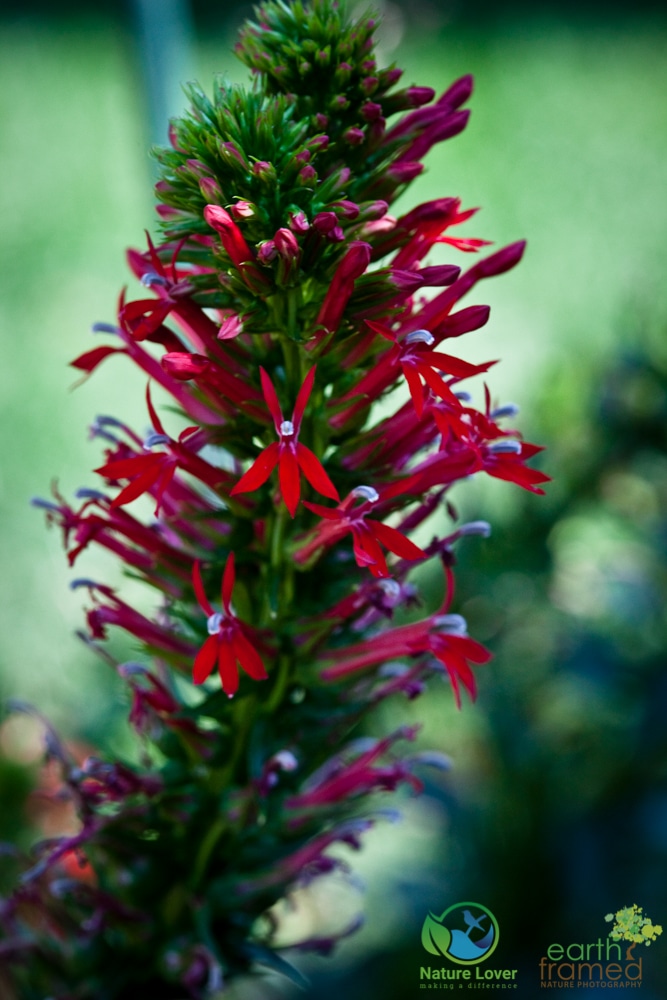
This image shows you just how vibrant and unique each flower is. Part of the Lobelia family, the Cardinal Flower blooms from July to September and is dependent on hummingbirds for pollination. This plant likes moist soil and can be a bit difficult to care for. We are hoping it does well and spreads next year. We did end up having to support it since it got quite tall (about 4 feet) and started to bend.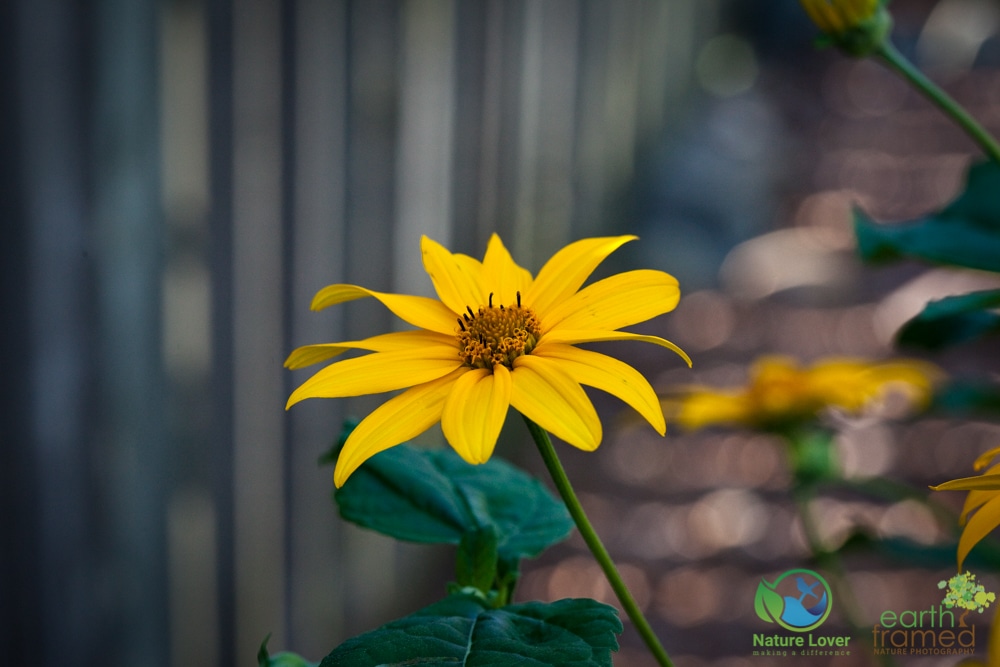
The False Sunflower was another favourite in the garden this season. It was easy to maintain, it only needed some stalk support, and grew very well for its first season. We brought a few different cuttings into the house and enjoyed watching the bees and butterflies on the flowers.


